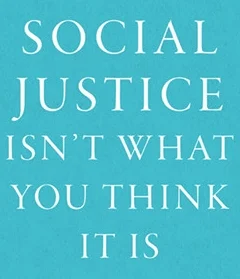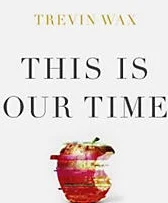Guy on a Buffalo
Sometimes the internet is the bane of human existence, demonstrating how low we as a race have stooped. Meme's relating to the defense of Brittany Spears' public breakdowns, grumpy cat pictures, and defiant babies keep our social media news-feeds full. The occasional misquote of Abraham Lincoln gets thrown in just to keep us on our toes.
Still, there have been few items of high culture shared with the internet population. Of those few items of high brow culture, there are none to rival the "Guy on a Buffalo" videos that came out a few years ago.
I've embedded each of the five videos below for your viewing pleasure. Also, this makes for a quick way to find them again in the future. They are really worth watching repeatedly, much like fine movies such as "The Princess Bride" and "The Three Amigos." I might throw "Goonies" into that mix, too, though something really was lost when the octopus scene didn't make it through the final cut.
In any case, if you missed Guy on a Buffalo years ago I will explain the basic premise to you. First, there is a guy who rides a buffalo. Then a folksy singer provides a musical narration of the events in the short videos. Guy on a Buffalo gets chased by a bear, chases a bear, finds a baby, wrestles a cougar and such like.
I've heard these are authentic videos from early nineteenth century American frontier life, which truly represent how things were. They are, according to some, authentic representations of historical realities known only to some that are experiencing lasting effects of 1970's drug usage. (cough, cough)
Whatever your understanding of their historicity, I hope you find these videos entertaining and will share them with your friends. As a caution, don't consume any beverages while watching these videos, unless you are prepared to have it come out your nose.
Contrary to my tongue in cheek comments above, these edited videos with the humorous songs over the top are made from a 1978 movie called "Buffalo Rider." The premise that a man rescues a buffalo that was going to be eaten by coyotes, raises it and tames it. The movie has, apparently, passed into the public domain. It has made its way to the Internet Archive, a repository for much of our cultural sludge.
The movie itself is poorly made, relies on a narrator, and appears to have actually harmed animals in the making. (This last is really not a good thing.) That being said, the movie is made and I post it here more so you can see where the humorous videos above came from than with hope that anyone will celebrate anything about the original film (which is awful based on the 15 minutes that I was able to watch).
Here is a link to the original movie at the Internet Archive.


























